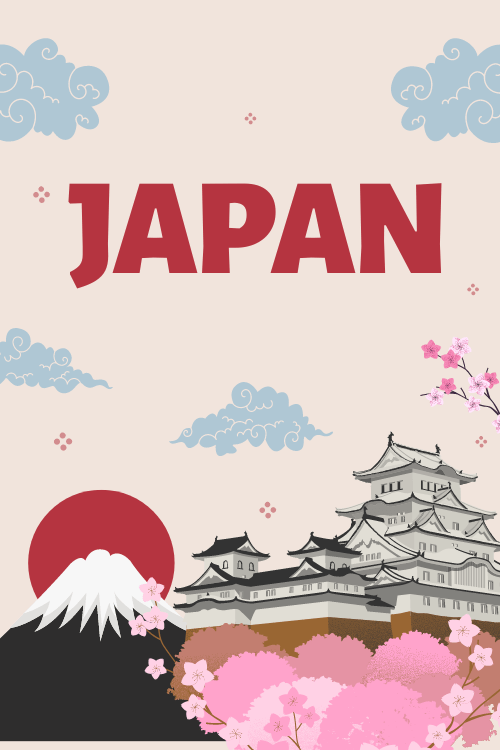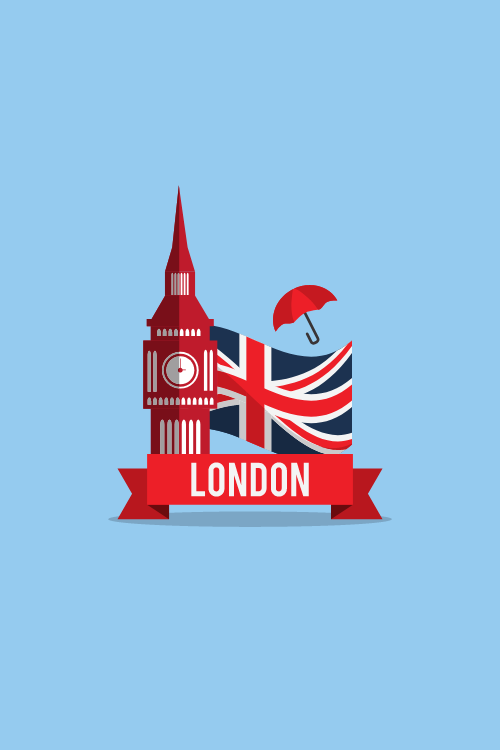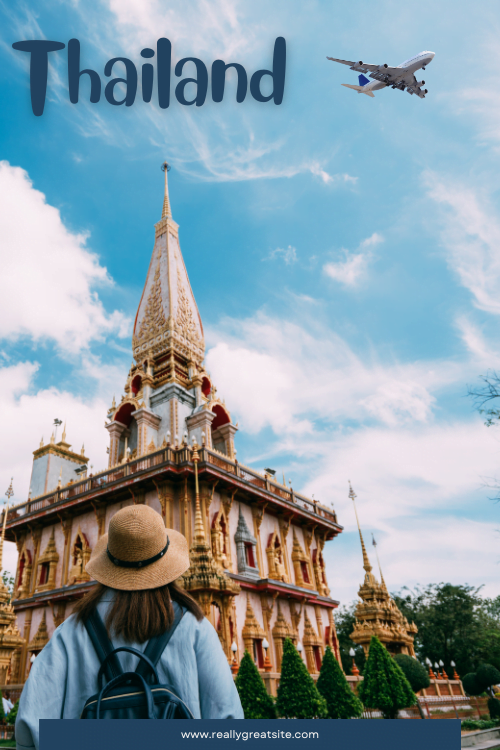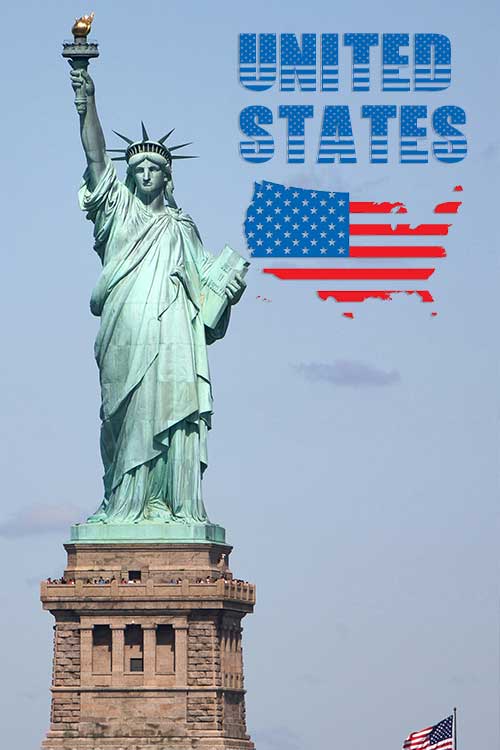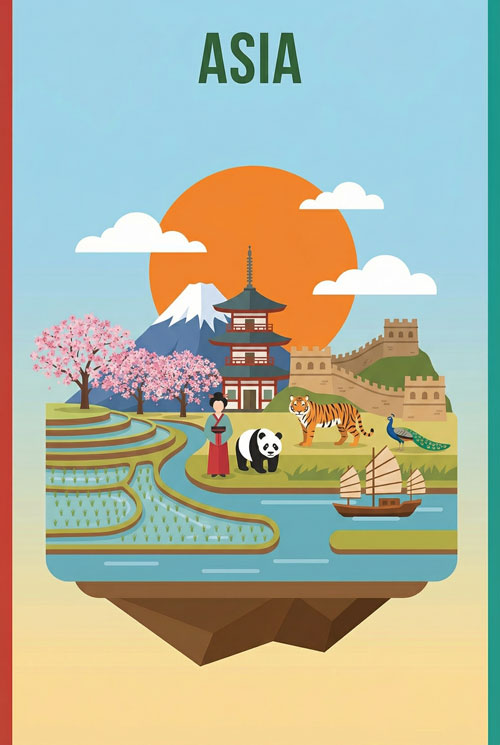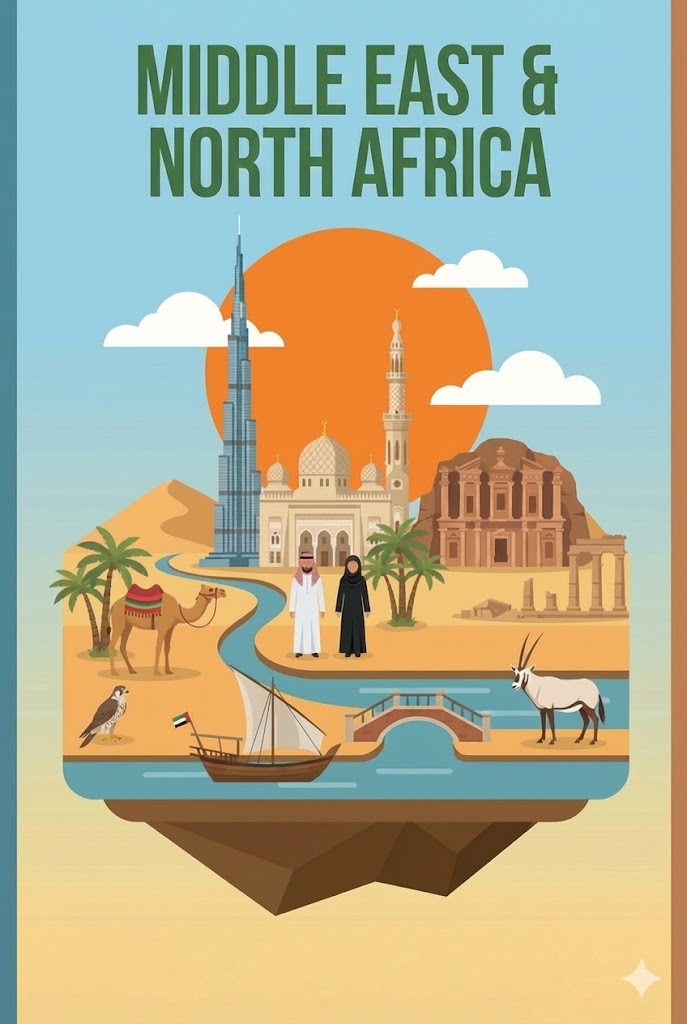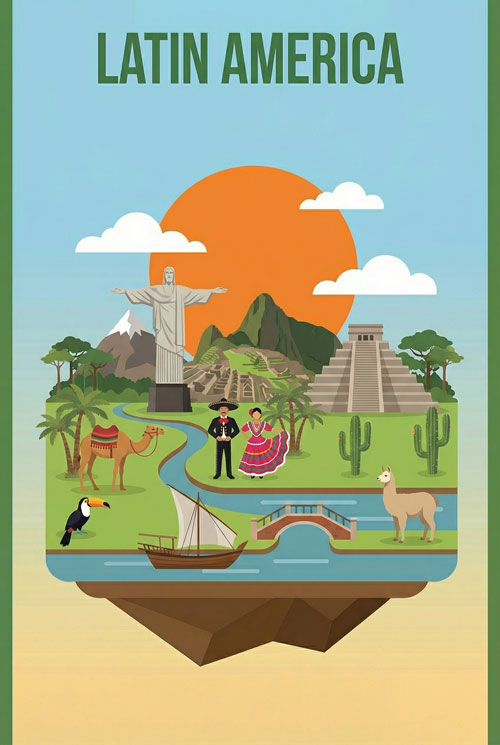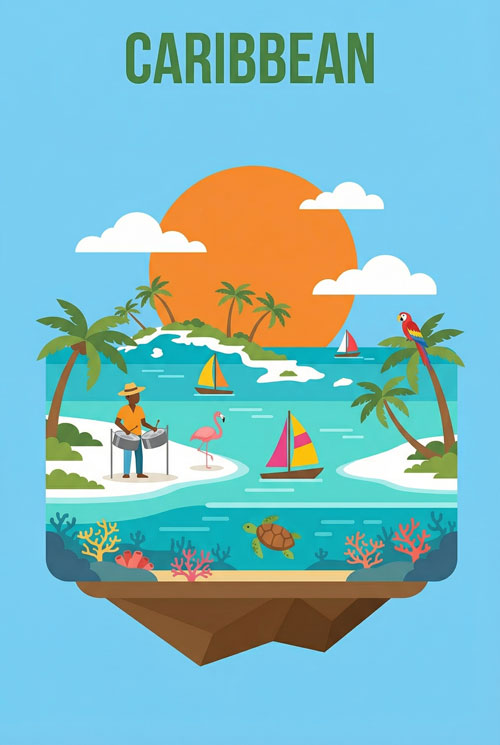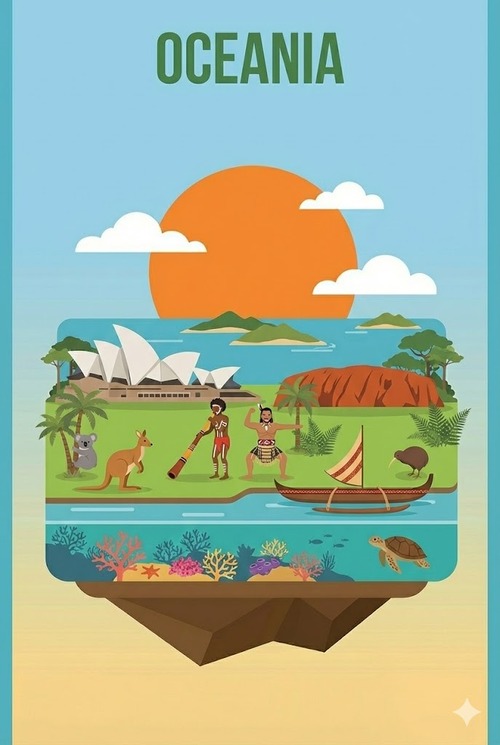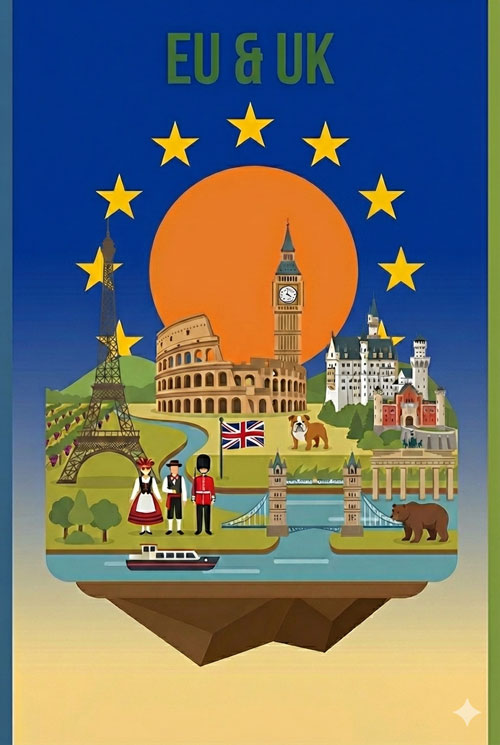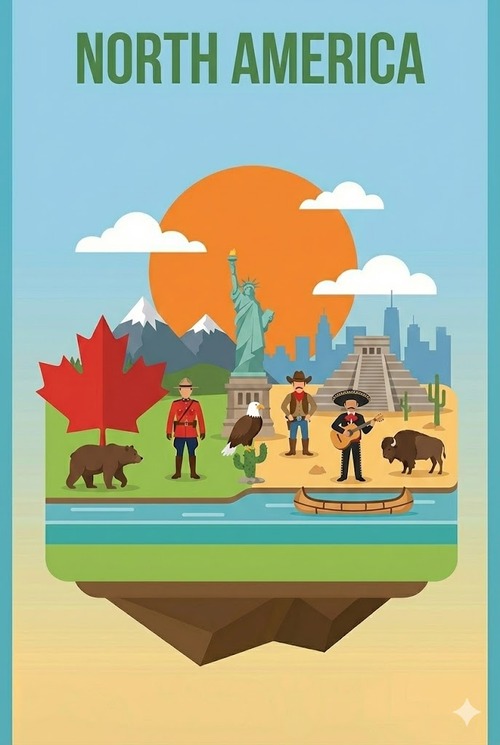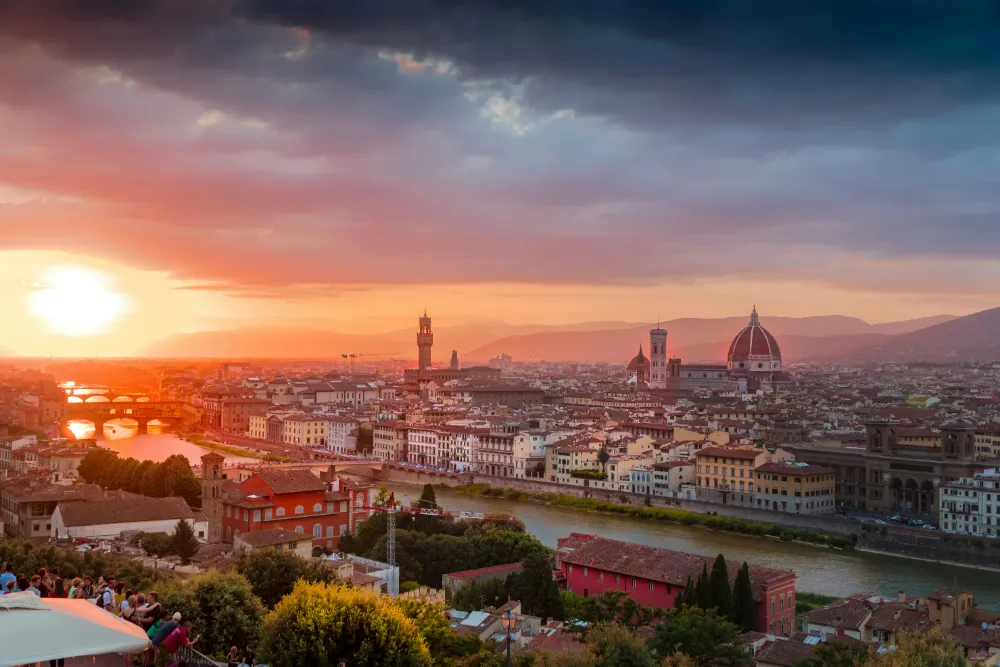eSIM Italy
Best Time To Visit Florence Italy: Everything You Need To Know
Planning a trip to Florence? This guide gives you the clear, practical advice you need to choose the perfect time to go. We’ll get straight to the point, helping you decide when to visit based on what matters most to you—whether that’s budget, weather, or avoiding crowds.
The short answer is that the best time to visit Florence is during the spring (April-May) or autumn (September-October) for the best weather. However, for fewer crowds and lower prices, the best time is during the winter (November-February).
This simple answer hides a crucial trade-off every traveler to Florence must make. The city’s so-called “shoulder seasons” have become just as crowded and expensive as the summer peak. This guide will help you navigate the new reality of travel to Florence, so you can make a smart decision that matches your priorities.
The Best Time to Visit Florence For…
The perfect time for your trip depends entirely on your priorities. Here’s a breakdown to help you choose the right season for what you value most.
The Best Time for Good Weather
If your vision of Florence involves sunny skies, pleasant warmth for walking, and dining outside in beautiful piazzas, you should target the spring and autumn months.
The best months for weather are April, May, September, and October. During these months, you can expect average high temperatures between 19°C (66°F) and 27°C (81°F). These conditions are ideal for exploring the city’s cobblestone streets on foot and for taking day trips into the Tuscan countryside.
The trade-off is simple: this is Florence’s worst-kept secret. This perfect weather attracts the biggest crowds and the highest prices for flights and hotels. You’ll be sharing the city with tens of thousands of other travelers, so be prepared for long lines and a bustling atmosphere.
The Best Time to Avoid Crowds
If you want the space to enjoy Florence’s art and architecture without a constant throng of tourists, you have a clear choice, but it requires a compromise.
The best time to avoid crowds is from November to February. This is the only time of year when Florence feels genuinely quiet. You’ll have the rare opportunity to see masterpieces like Botticelli’s Birth of Venus or Michelangelo’s David without peering over a sea of heads. The city’s streets are unhurried, allowing for the kind of aimless wandering that is impossible during the high season.
The trade-off for this tranquility is the weather. You will be sacrificing comfort for calm. November is the wettest month, and the winter is generally cold and damp with fewer daylight hours. Your trip will focus more on cozying up in trattorias and immersing yourself in indoor culture rather than basking in the sun.
The Best Time for Budget Travel
For the cost-conscious traveler, timing your visit strategically can cut your costs significantly, particularly for flights and accommodation.
The cheapest time to visit Florence is from November to February, excluding the brief and expensive period around Christmas and New Year’s. Accommodation costs during this low season can be up to 50% lower than in the high season. This allows for a longer stay or a nicer hotel than you might otherwise afford.
The trade-off is, once again, the weather. The reason for the lower prices is the lower demand, which is driven by the cold, damp, and grey conditions. You are directly trading sunshine for savings.
The Best Time for Culture and Food
If you plan your travels around unique events and culinary seasons, your calendar will be dictated by festivals and harvests, not just the weather.
For cultural events, spring is fantastic. You can witness the Scoppio del Carro (“Explosion of the Cart”) on Easter Sunday, a 350-year-old tradition. In June, the city hosts the Calcio Storico Fiorentino, a brutal, medieval form of football played in historical costume.
For foodies, autumn is paradise. September and October are the harvest season for Tuscany’s most famous products. This is the time of the vendemmia (grape harvest), followed by the olive and truffle harvests. You’ll find countless food festivals (sagre) in and around Florence celebrating this bounty.
The trade-off is that you’ll be stepping into a period of very high demand. These events and seasons are a major draw for tourists, leading to peak prices and some of the largest crowds of the year. You must book everything well in advance.
The New Reality: Why Florence’s “Shoulder Season” is a Myth
For years, travel guides recommended visiting European cities in the “shoulder season” (April-May and September-October) to get the perfect mix of good weather and smaller crowds. For Florence, this advice is now a trap.
The shoulder season has collapsed under its own popularity. So many travelers have tried to avoid the summer heat that they have created a new, extended “super peak” season that now runs almost uninterrupted from Easter through late October. As one traveler visiting in October noted, “Anyone suggesting September, it is still very busy throughout Italy… I was exhausted fighting the crowds.”
This means your decision is no longer a nuanced balance across four seasons. It has become a stark choice between two very different Florentine experiences:
- The “Experience” Season (April-October): This is Florence at its most beautiful. The weather is fantastic, the days are long, and the city’s outdoor culture is in full swing. You must accept that peak crowds and peak prices are the non-negotiable cost. This is the Florence of postcards, but you will share it with everyone.
- The “Authenticity” Season (November-February): This is a trade of good weather for breathing room. By embracing the cold and rain, you are rewarded with a city that feels more like itself. You get lower costs and a more intimate connection with the art, but you’ll need a warm coat.
Understanding this new reality is the single most important part of planning your trip. It allows you to make a realistic choice that matches what you truly want from your visit.
Florence at a Glance: The Four Seasons
| Feature | Spring (March-May) | Summer (June-August) | Autumn (September-November) | Winter (December-February) |
|---|---|---|---|---|
| Vibe | Vibrant & Blooming | Sizzling & Intense | Golden & Bountiful | Quiet & Cozy |
| Weather | Pleasant but can be unpredictable. Expect some rain. | Hot, sunny, and often humid. Afternoon thunderstorms are possible. | Warm and pleasant early on, becoming cooler and wetter in November. | Cold, damp, and often grey. Shortest daylight hours. |
| Crowd Level | Very High to Peak. Easter and school trips create huge crowds. | Peak to Extreme. July and August are packed. | Very High. September and October are now part of the peak season. | Low, except for the Christmas holiday period. |
| Average Costs | High to Peak. | Peak. The most expensive time to visit. | High. Prices stay high until November. | Low. The most affordable time for flights and hotels. |
| Best For | Sightseeing, gardens, photography, Easter festival. | Festivals, nightlife, and those who don’t mind extreme heat. | Foodies (harvest season), wine tours, and pleasant weather. | Budget travel, uncrowded museums, and Christmas markets. |
A Month-by-Month Guide to Florence
Here is a more detailed breakdown of what to expect in Florence throughout the year, helping you fine-tune your travel plans.
Winter: November, December, January, February
This is the season of quiet authenticity. If you prioritize budget and uncrowded museums over sunny weather, this is your time to visit.
- November: The low season returns with full effect. The crowds of October vanish, and the city becomes calm. This is your reward for dealing with what is statistically Florence’s wettest month. It’s a great time for cozy, unhurried meals and enjoying the art galleries almost to yourself.
- December: The first three weeks are quiet and affordable. Then, from around December 8th, the city transforms with Christmas markets, festive lights, and holiday crowds. If you want a festive atmosphere, aim for late December, but be prepared for peak prices and book far in advance.
- January: This is the heart of winter and the deep low season. It’s cold, damp, and days are short. In return, you get the lowest prices of the year and the fewest crowds. It’s the perfect month for dedicated museum-goers who want to linger with the art without any pressure.
- February: The chill continues, but with slightly less rain than in previous months. It remains one of the cheapest and least crowded months to visit. You might catch the city’s Carnevale celebrations, which bring parades and a festive spirit to the streets before Lent.
Spring: March, April, May
Spring is when Florence awakens and bursts into color. It’s a beautiful season, but it marks a swift and decisive transition into the high season.
- March: This month offers a strategic window. The first half often feels like the low season—quiet and affordable—but with improving weather. As the month progresses, especially if Easter is early, crowds and prices begin to build steadily.
- April: High season arrives with a vengeance. The combination of Easter holidays and European school trips makes April one of the most crowded and expensive months. Expect major museums to be congested with large student groups. The city is beautiful with wisteria in bloom, but you must book everything far in advance.
- May: This month often delivers the most perfect weather of the year, feeling like a glorious early summer. This makes it the absolute peak of the peak season. The crowds are at their thickest, and prices for flights and hotels are at their highest.
Summer: June, July, August
Summer in Florence is an intense experience, defined by heat, festivals, and huge crowds. You should only visit during this time if you are prepared for all three.
- June: The heat and humidity begin to build, and the peak season crowds continue unabated. The city is festive, hosting the final match of the Calcio Storico on June 24th, the feast day of its patron saint. A strategic approach is vital: sightsee early, rest in the afternoon, and emerge in the cooler evening.
- July: This is typically the hottest month in Florence, with scorching afternoon temperatures. The crowds are extreme, and the historic center can feel overwhelmingly packed. This month is only recommended for the truly heat-tolerant. Plan your days around the heat and pre-book everything.
- August: The heat continues, but with a strange twist. While still packed with international tourists, many locals leave for the Ferragosto holiday. This means many family-owned shops and restaurants close for weeks at a time. You must research opening times carefully to avoid frustration.
Autumn: September, October
Autumn is a beautiful and popular time in Florence, offering a second wave of peak-season energy. Do not expect it to be a quiet “shoulder” season.
- September: The intense heat of summer begins to break, but the weather is still very warm and pleasant. Far from being a quieter month, September is now firmly part of the high season. Crowds are extremely large, on par with early summer, and prices remain high. It’s a fantastic month for food and wine lovers, as the grape harvest begins.
- October: This month offers a wonderful combination of mild weather, beautiful autumn colors, and culinary delights from the olive and truffle harvests. However, it is still a very popular month to visit. The idea of a quiet, contemplative autumn trip is a relic of the past. Advance booking is still highly recommended.
Essential Florence Travel Guide
Once you’ve decided when to go, you need to plan how you’ll experience the city. Here is the essential information for navigating Florence like a pro.
Where to Stay: A Neighborhood Guide
Florence is very walkable, but each neighborhood has a distinct feel. Choosing the right base is key to your experience.
- For First-Timers (Centro Storico): If you have a short trip and want to be steps from the Duomo and Uffizi, stay in the historic core. The convenience is unbeatable, but it’s also the most crowded and expensive area.
- For Romantics & Foodies (Oltrarno): Located “across the Arno” river, this bohemian area is filled with artisan workshops, great restaurants, and wine bars. It offers a more authentic, local feel while still being central.
- For a Balanced Vibe (Santa Croce): This lively area balances major sights with authentic local life, especially around the Sant’Ambrogio market. It’s great for those who want a vibrant atmosphere and good nightlife.
- For Budget & Day Trips (Santa Maria Novella): Centered around the main train station, this area offers affordable accommodation and unmatched convenience for regional travel. The area immediately around the station lacks charm but improves as you walk away from it.
- For Families & Quiet Stays (San Marco): Just north of the center, this residential neighborhood is quieter and more affordable. It offers a respite from the crowds while still being an easy walk to the main sights.
Getting Around Florence
Navigating the city is refreshingly simple.
- Walk Everywhere: Your own two feet are your best asset. The historic center is compact and largely pedestrianized. A pair of comfortable walking shoes is the most important item you will pack.
- Use Public Transport for Distance: For longer trips, the bus and tram system is efficient. The T2 tram line is the best way to get from the airport to the city center. You must buy and validate your ticket upon boarding to avoid a fine.
- Taxis are for Ranks or Calling: You cannot hail a taxi on the street. You must go to a designated taxi rank (found in major squares) or call one of the two main companies.
Sightseeing Strategy: How to Master the Masterpieces
A smart approach to sightseeing is essential to avoid frustration.
- The Golden Rule: Book Everything in Advance. This is not optional. For the Uffizi Gallery, Accademia Gallery (David), and the Duomo climb, you must pre-book skip-the-line tickets online, ideally weeks or months in advance for high-season travel.
- Beat the Crowds with Alternatives. Instead of climbing the Duomo’s Dome, climb Giotto’s Bell Tower right next to it for a similar view that includes the Dome. If the Uffizi feels overwhelming, visit the Bargello Museum for incredible Renaissance sculpture in a much calmer setting.
- Learn the Local Etiquette. Always greet staff with a “Buongiorno” (Good day) or “Buonasera” (Good evening). Service is unhurried, so you will almost always need to ask for the bill (“Il conto, per favore“). Remember to cover your shoulders and knees when entering churches.
A Culinary Journey Through Florence
To truly know Florence, you must eat its food.
- Embrace the Food Rhythm. Breakfast is a quick coffee and pastry at a bar. Lunch is the main meal for many. Aperitivo (a pre-dinner drink with snacks) is a beloved ritual from 6-8 p.m. Dinner starts late, around 8 p.m. or later.
- Try the Must-Eat Dishes. Go beyond the famous steak. For an authentic taste of Florence, try a lampredotto sandwich (slow-cooked cow’s stomach) from a street cart. Sample the hearty bread soups like ribollita and pappa al pomodoro.
- Visit the Mercato Centrale. The ground floor is a traditional market where locals shop. The upstairs is a fantastic modern food court, perfect for a casual lunch where you can sample dozens of local specialties.
Stay Connected in Florence with eSIM4.com
Having data access the moment you land in Florence is essential. You’ll need it to navigate to your hotel, book a ride, or look up last-minute information without having to hunt for unreliable public Wi-Fi. This is where travelers often face a choice between expensive roaming fees from their home provider or the hassle of finding a local store to buy a physical SIM card, often after a long flight.
The eSIM is the perfect modern solution for today’s traveler—it’s convenient, affordable, and incredibly easy to set up.
With an eSIM from eSIM4.com, you can download a data plan for Italy before you even leave home and activate it the moment you land. No more bill shock, no more airport SIM queues.
Click Here To See Our Prepaid Mobile Data Plans For Italy

